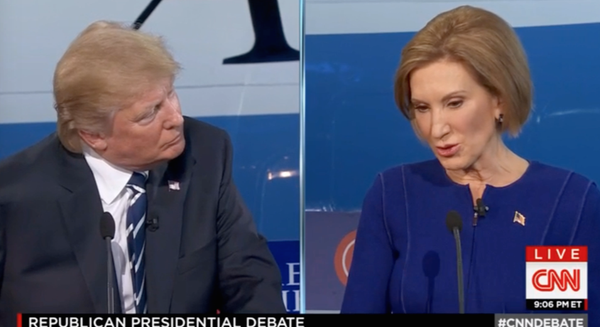 Identity theft abounds this day and age—how many individuals do you know that have had their identity stolen? Its an unfortunate situation, and it happens every second, around the world.
Identity theft abounds this day and age—how many individuals do you know that have had their identity stolen? Its an unfortunate situation, and it happens every second, around the world.So, who really knows? The point is, they both misidentified Mr. Sonnenfeld, and mistaken identity happens, easily and often. The twist is, have you mistaken your advior’s identity?
Did you hire an Advisor based on
- trusted background
- good rapport, communication
- investment philosophy
- performance
- low fees
- planning prowess
- education
- no conflicts of interest
If you hired based on the above criteria, chances are you’ve landed a good advisor. Chances are, you’re a Liberated Investor.
If you’ve been with that advisor say 2-5 years, or over a market cycle (an up and a significant down) now is a great time to look back at that list and check your facts as CNBC and Sonnenfeld did for Trump and Fiorina.
Have things changed—are you finding inconsistencies with the advisor you hired and who you have today?
One place to start is checking your advisor’s background. Many advisor’s background check’s went south since 2009, so if you haven’t checked since then, its time.
Checking your annual fees is the next logical place to go.
Portfolio Fees Refresher
There are typically three types of fees you’re being charged to play in the investing arena:
- Advisor management fee
- Transaction/trading costs to buy and sell investments
- Investment fees, or the “expense ratio” of the investments (mutual funds and ETFs) in your account
When all is said and done, the three fees above should total less than 1.3% per year. If you pay .8% too much in annual fees, research shows that it will end up costing you upwards of 20% of your entire retirement nest egg. This is the difference between vacationing annually in Paris, or Peoria. I have friends from Peoria, but they don’t aspire to vacation there every year…
If, like your neighbor, you’re paying 1% for an advisor, have NO TRANSACTION costs (this is possible, by the way), and your investment fees average 1%, then you’re paying 2% per year — putting you closer to Peoria than Paris down the road. Look to pay an advisor less than 1% and make sure they’re fee conscious about their investment choices so those fees stay under .40% on average.
FINRA has a terrific Mutual Fund Analyzer tool that will assist in learning about the expenses of the mutual funds you own. As for the annual expense ratio of the ETFs you own, simply type the symbol and the words “expense ratio” and let the information age tell you in few key strokes what they charge. Easy as 1-2-3!
Want easier? Click here to get a free customized Morningstar™ Fee Analysis of your portfolio. No obligation — just promises of Paris, and not Peoria.
Don’t be Trump. Don’t be Fiorina—re-check you facts about your advisor to ensure good fit for today.